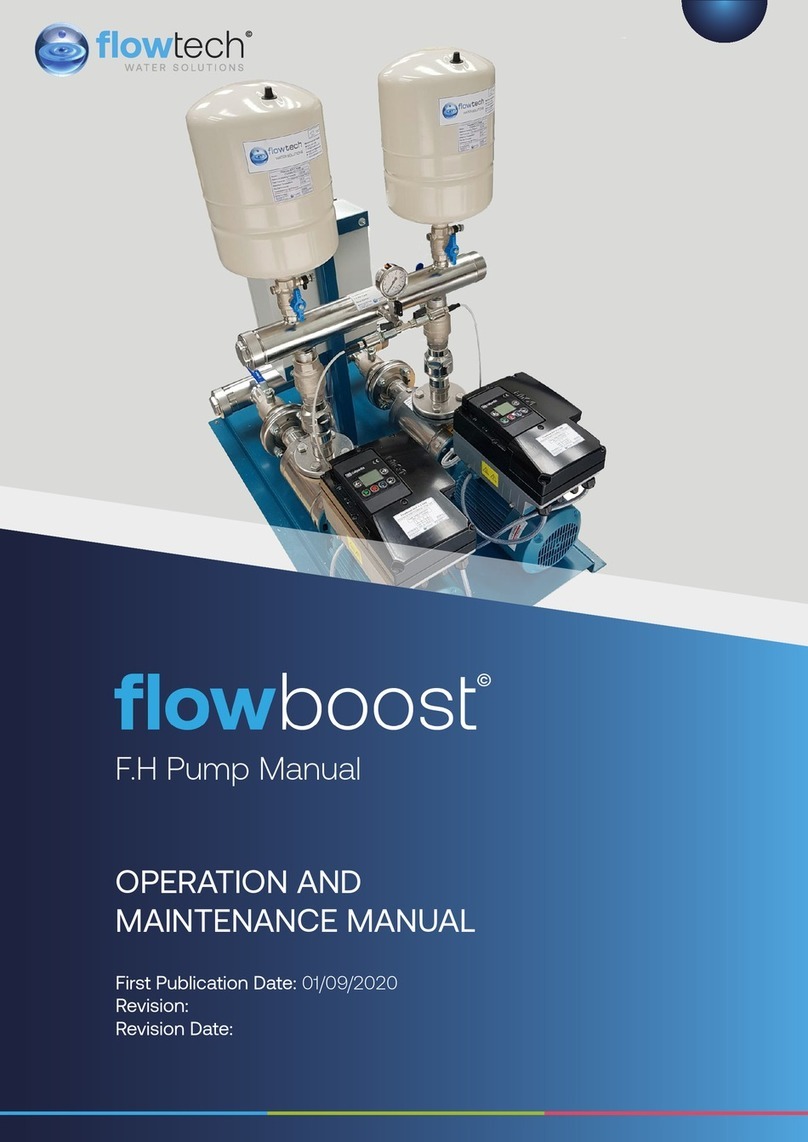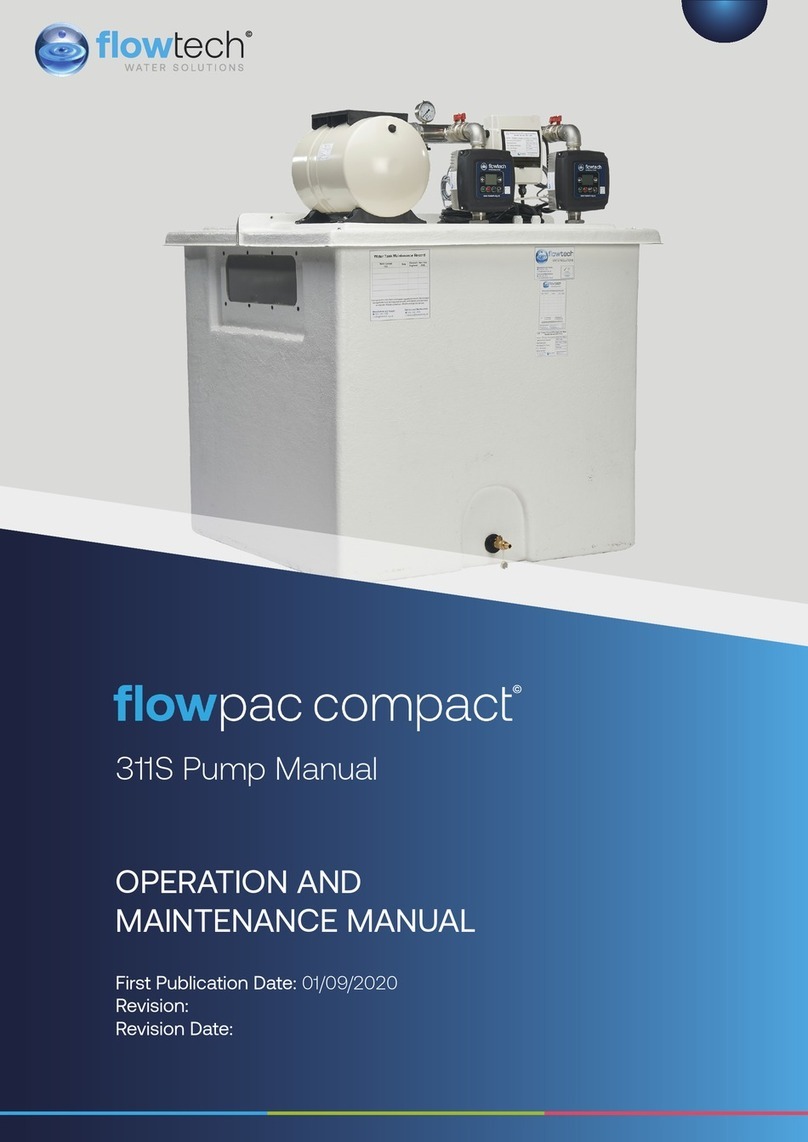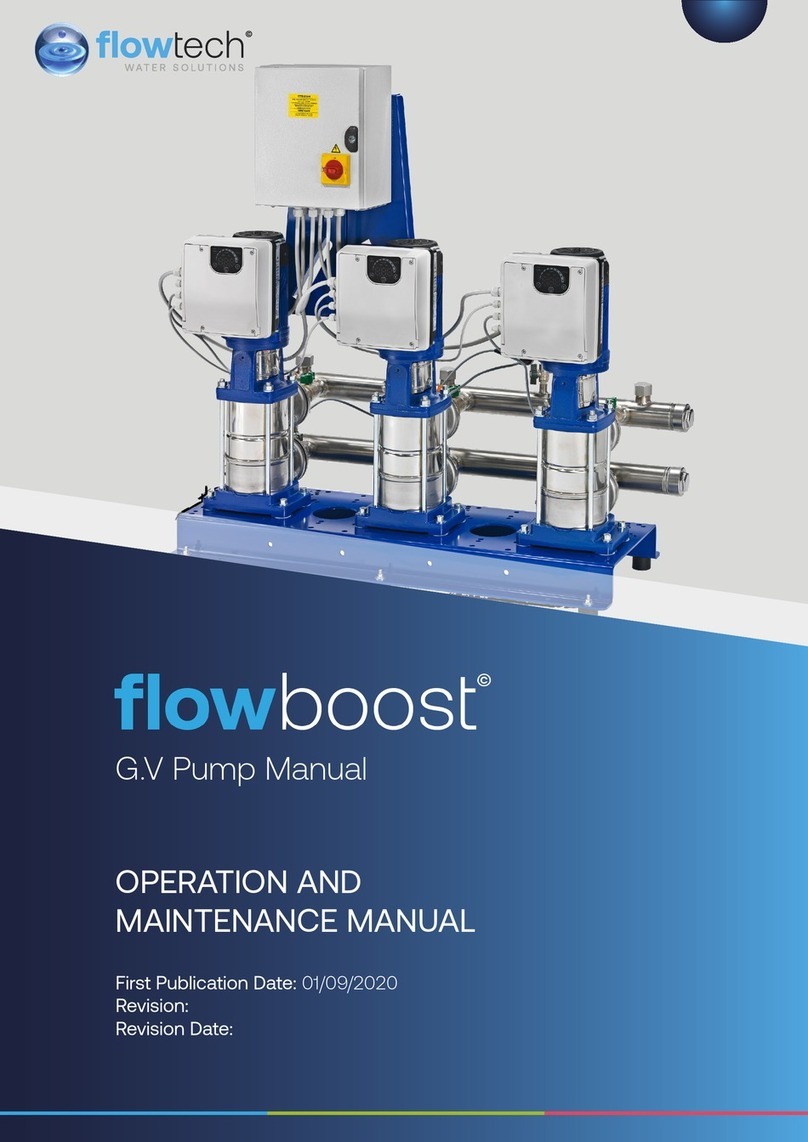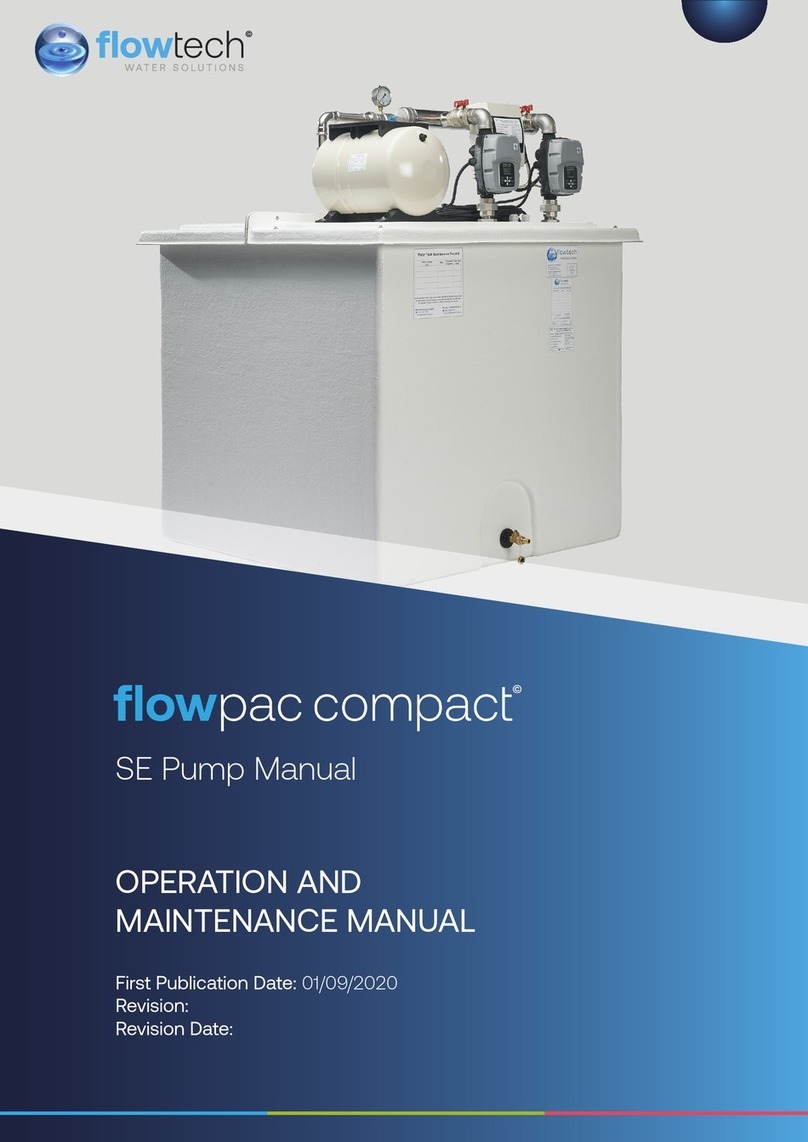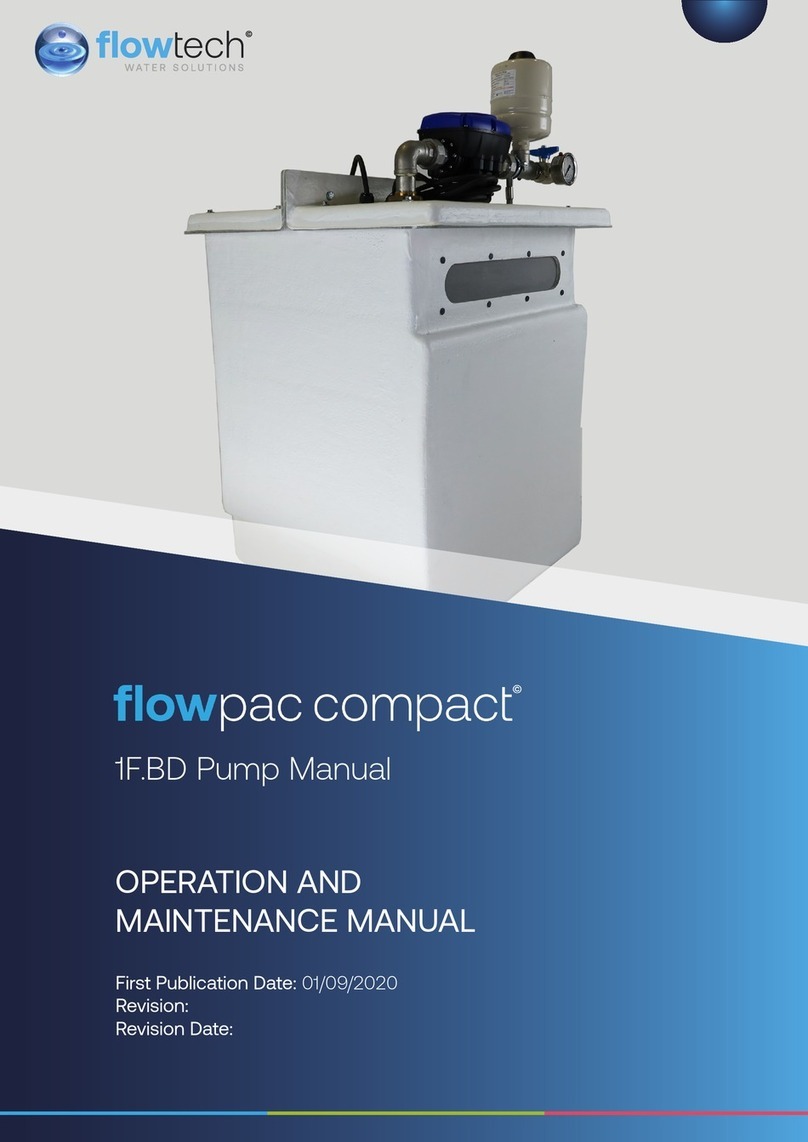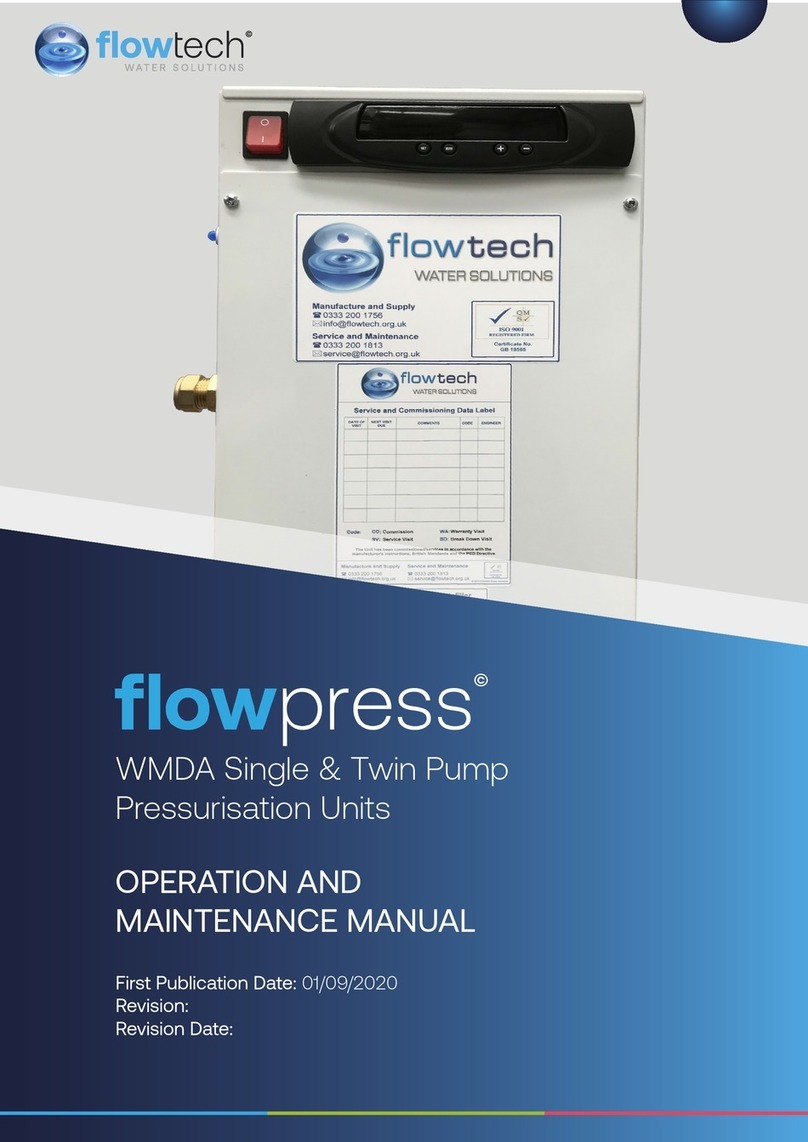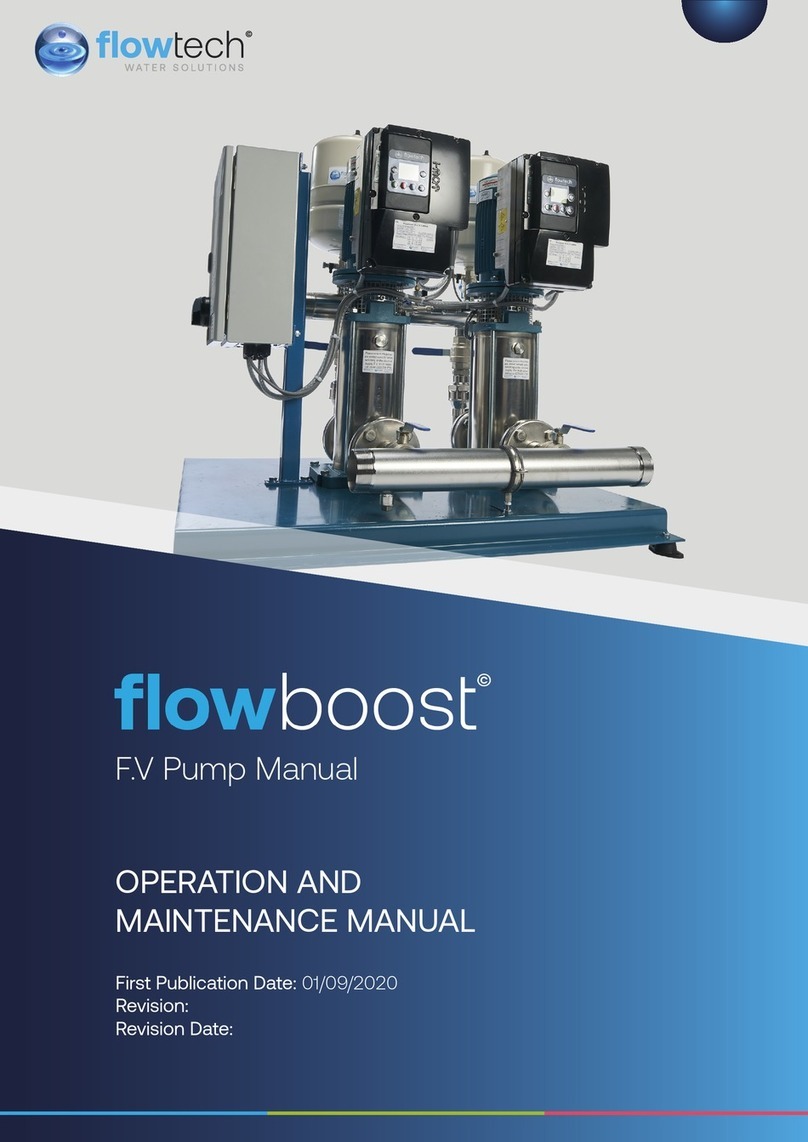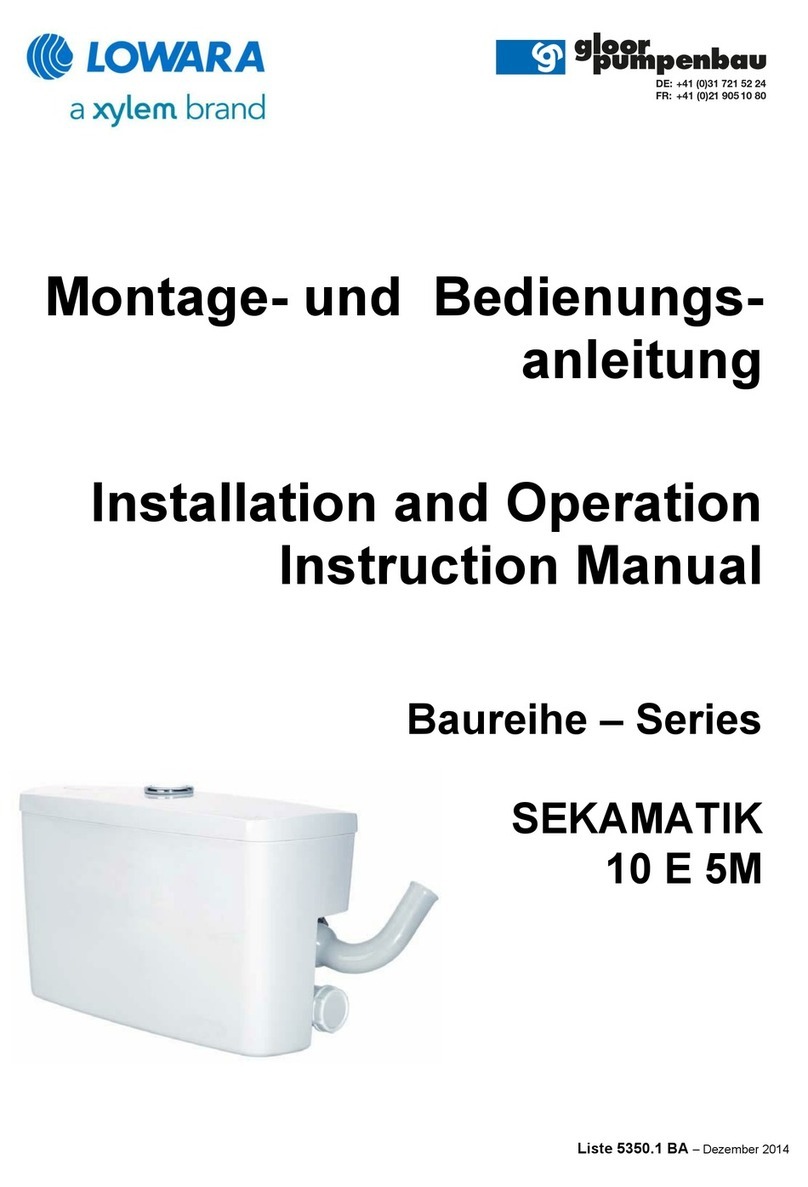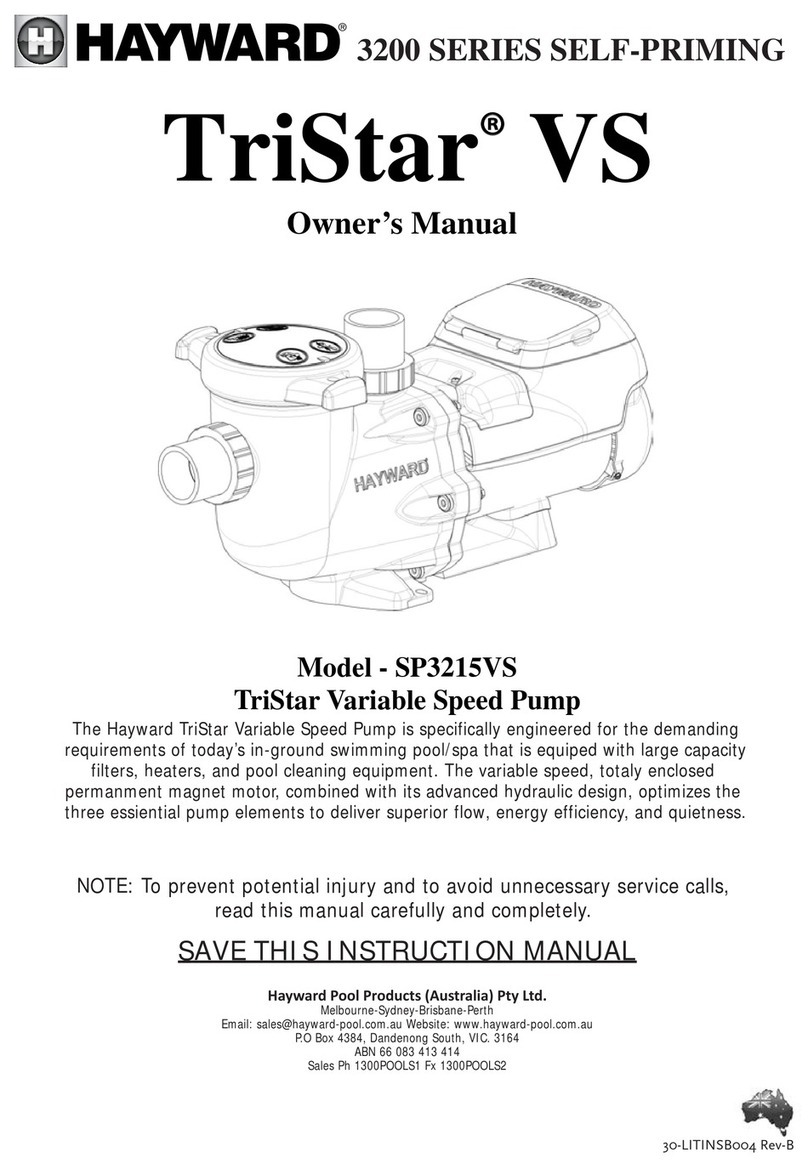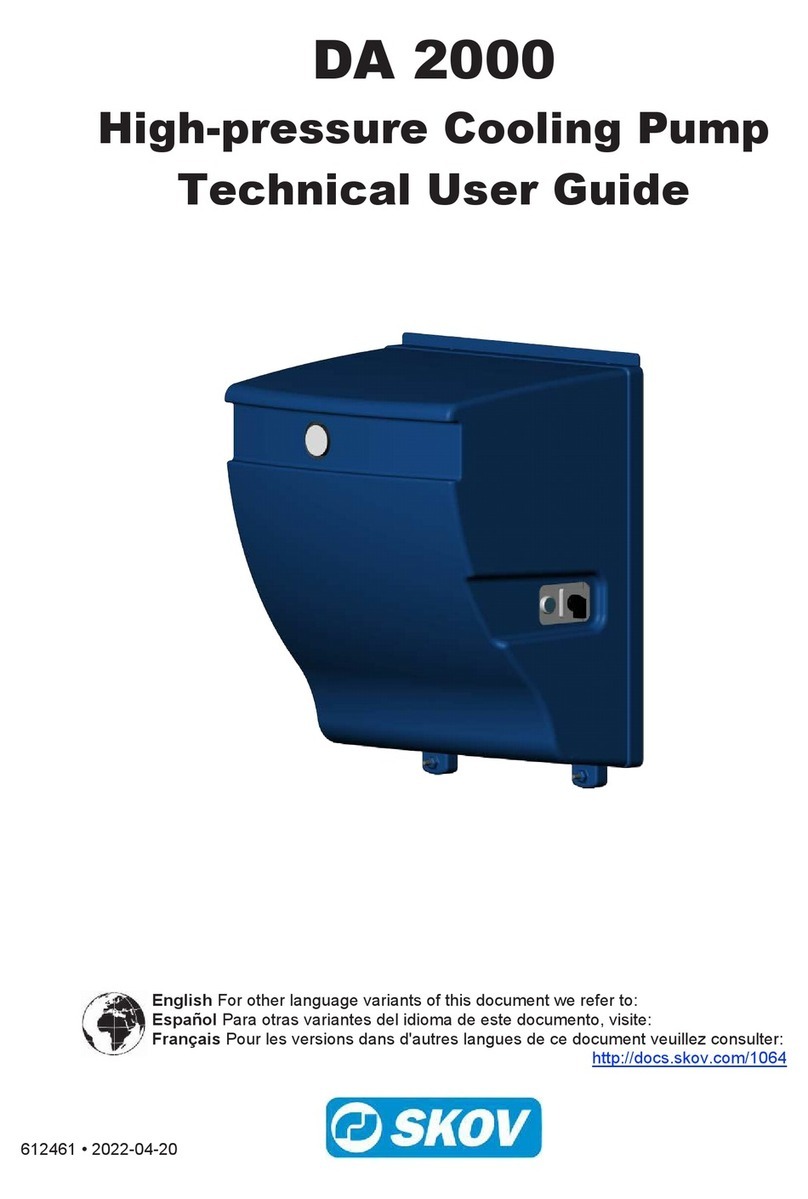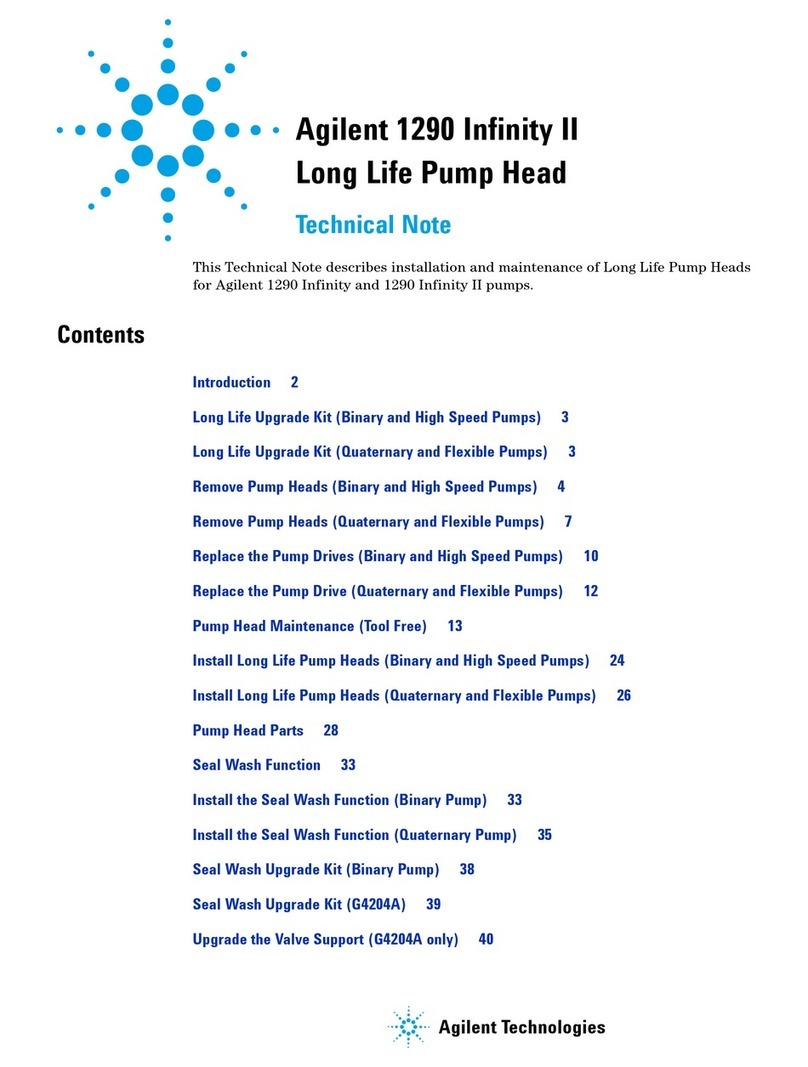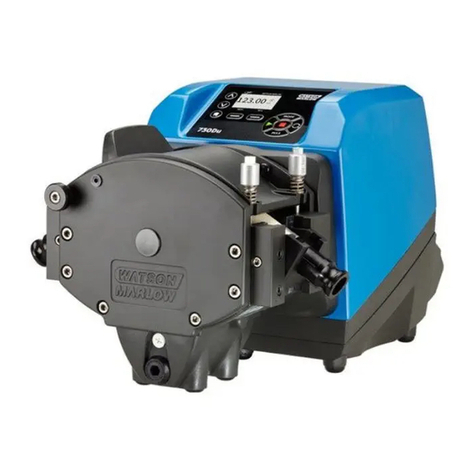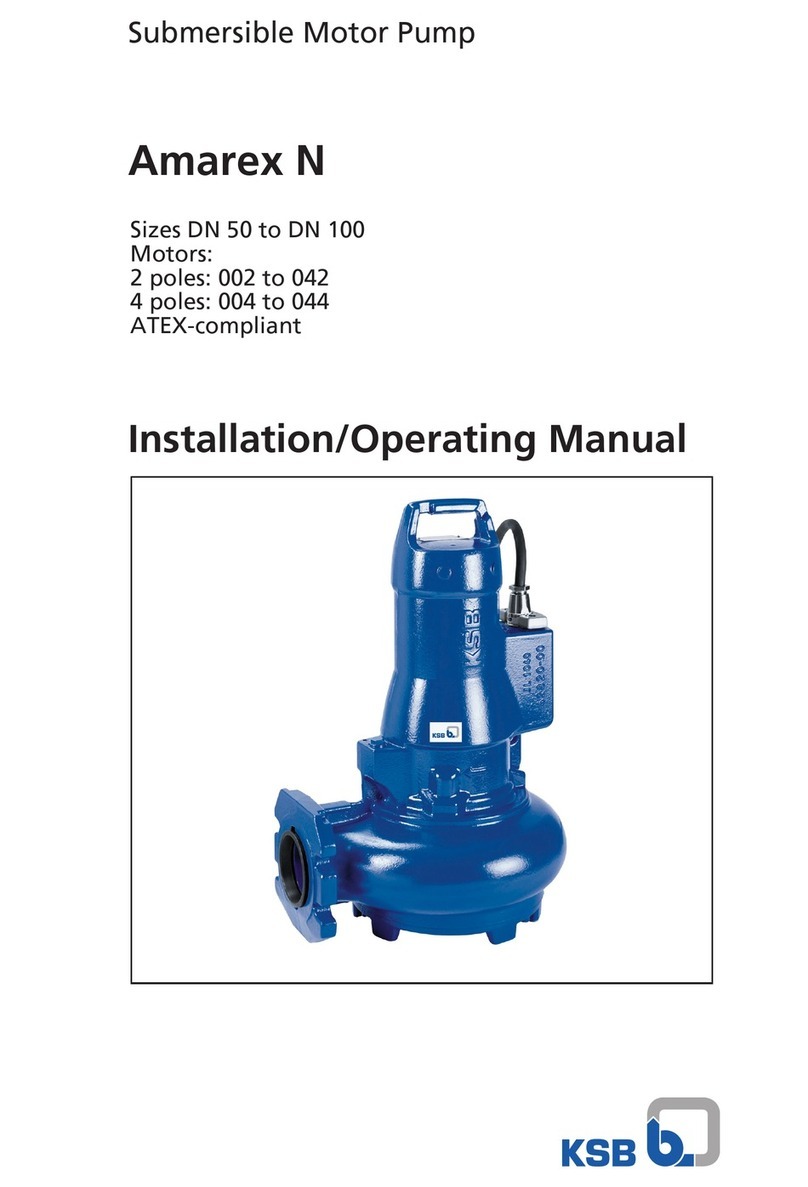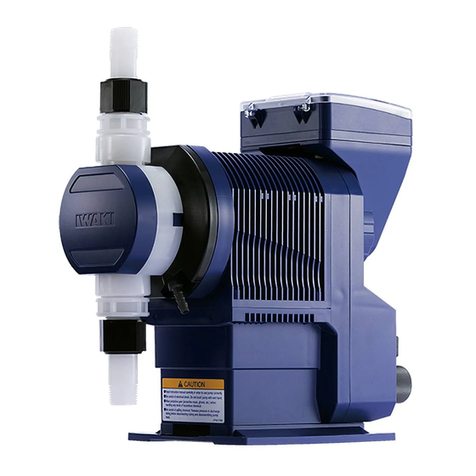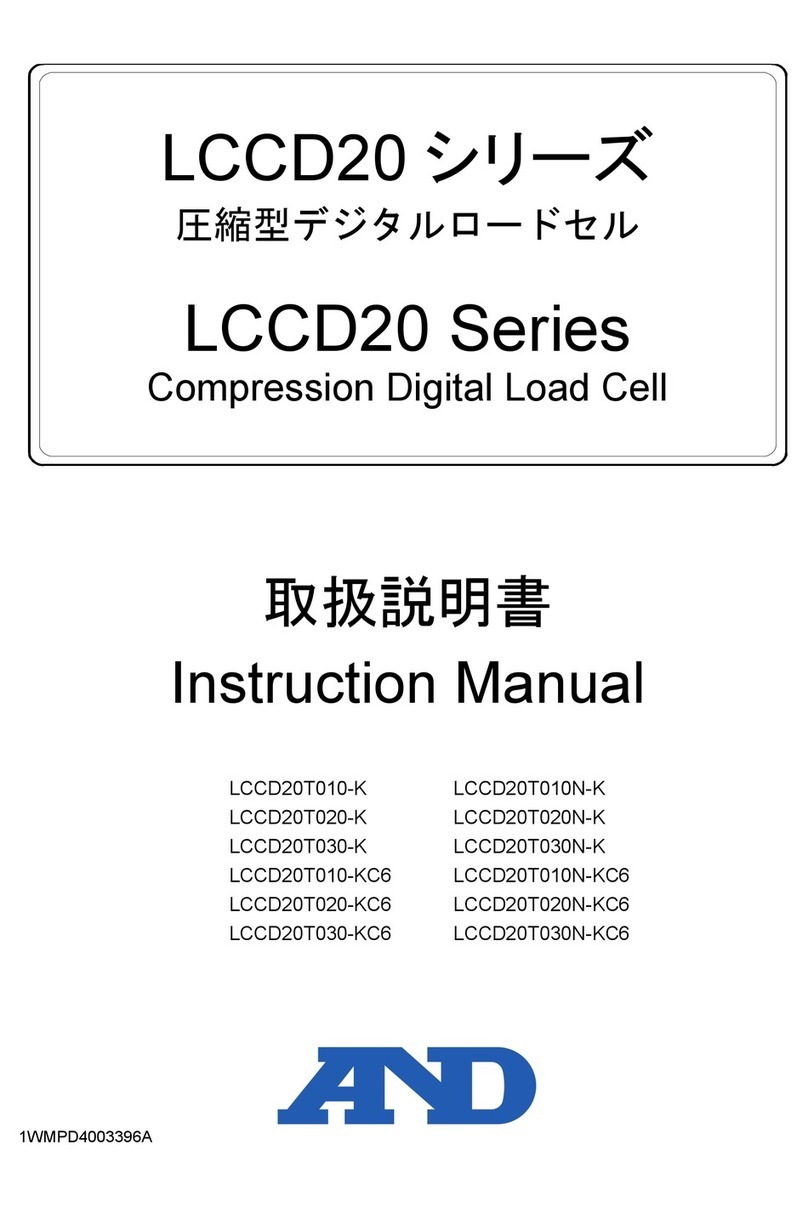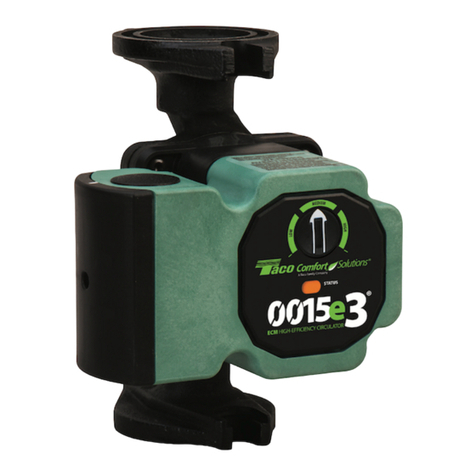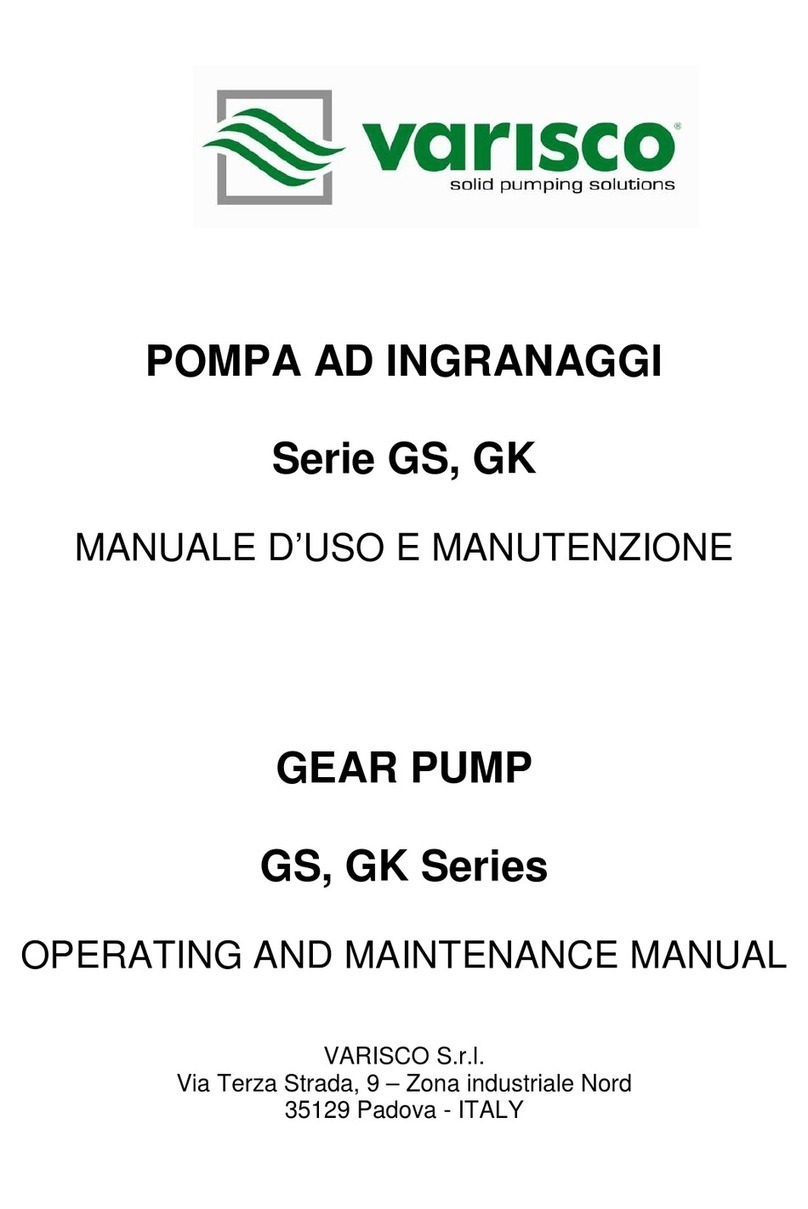
Troubleshooting
To fix problems related to electric pump operation, follow the instructions in the Table. If you do not have the
necessary knowledge and skills, contact qualified personnel.
FAULT POSSIBLE CAUSES SOLUTIONS
10.1 The
pump runs
but does not
deliver
a) The internal parts are blocked
by foreign bodies: Disassemble the pump and clean.
b) Clogged suction pipe: Clean the pipe.
c) Air inside the suction pipe Check the watertight integrity of the entire pipe up to
the pump and waterproof it.
d) The pump is not primed: Fill and prime the pump. Check the watertight integrity
of the foot valve.
e) The suction pressure is too low
and generally accompanied by
cavitation noises:
Too many pressure drops on the suction side or the
suction height is too high (check the NPSH of the
installed pump).
f) Insucient motor voltage: Check the voltage of the motor terminals and the
correct cross-section of the conductors.
10.2 The
pump
vibrates
a) Faulty anchoring to the surface: Check and fully tighten the nuts of the stud bolts.
b) Foreign bodies obstruct the
pump: Disassemble the pump and clean.
c) Obstructed pump rotation: Check that the pump turns freely without any abnormal
resistances.
d) Faulty electrical connection: Check the connections to the pump.
10.3 The
motor
heats up
abnormally
a) Insucient voltage: Check the voltage at the motor terminals. The voltage
must be ± 6% of the rated voltage.
b) Pump obstructed by foreign
bodies: Disassemble the pump and clean.
c) Room temperature exceeding
+40°C: The motor is designed to operate at a maximum room
temperature of
+ 40°C.
d) Connection error in the terminal
block: Check that the connections comply with the diagram
shown inside on the terminal cover and the rating plate.
10.4 The
pump does
not deliver
the expected
performance
a) The motor does not run at
normal speed (foreign bodies or
faulty power supply, etc.):
Dismantle the pump and correct the anomaly.
b) Faulty motor: Replace it.
c) Poor pump filling: Repeat the priming operation.
d) The motor turns in the wrong
direction (three-phase motor): Reverse the direction of rotation by crossing 2 phase
wires in the terminal block or the electric panel.
f) Insucient motor voltage: Check the voltage to the motor terminals and the
correct cross-section of the conductors.
10.5 The
circuit
breaker trips
a) Thermal relay value too low: Check the intensity with an ammeter, set the intensity
value indicated on the motor rating plate.
b) Voltage too low: Check that the cross-section of the electrical cable
conductors is correct.
c) Phase down: Check and replace the electric cable or fuse if required.
d) Faulty thermal relay: Replace it.
10.6 The
flow rate is
not regular
a) The suction height has not been
adhered to: Review the installation conditions and
recommendations provided in this manual.
b) The suction pipe has a lower
diameter than that of the pump: The suction pipe must have the same diameter as the
pump suction hole.
c) The strainer and the suction
pipe are partially clogged. Clean the suction pipe.
flowboost K.H Pump Manual
13














